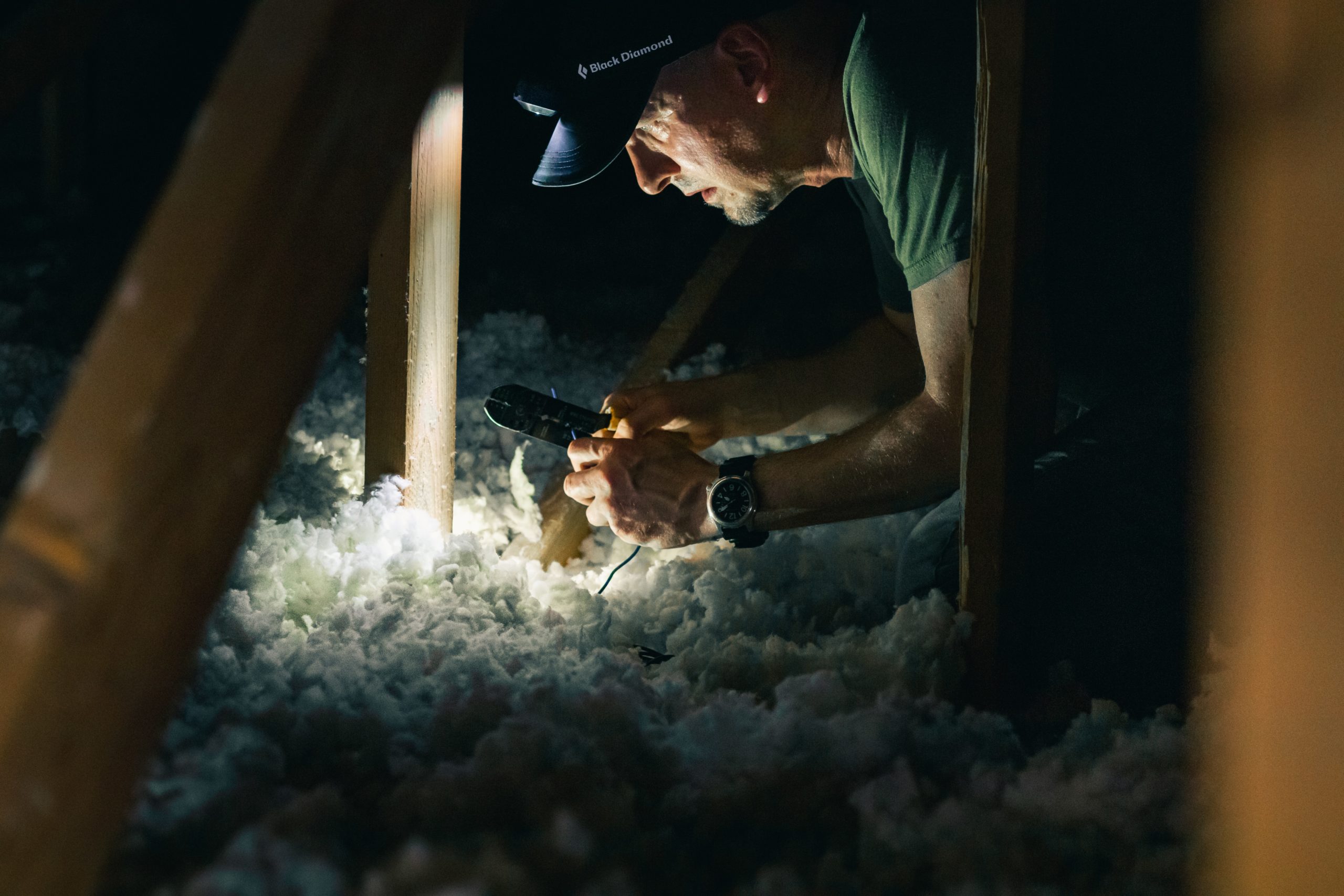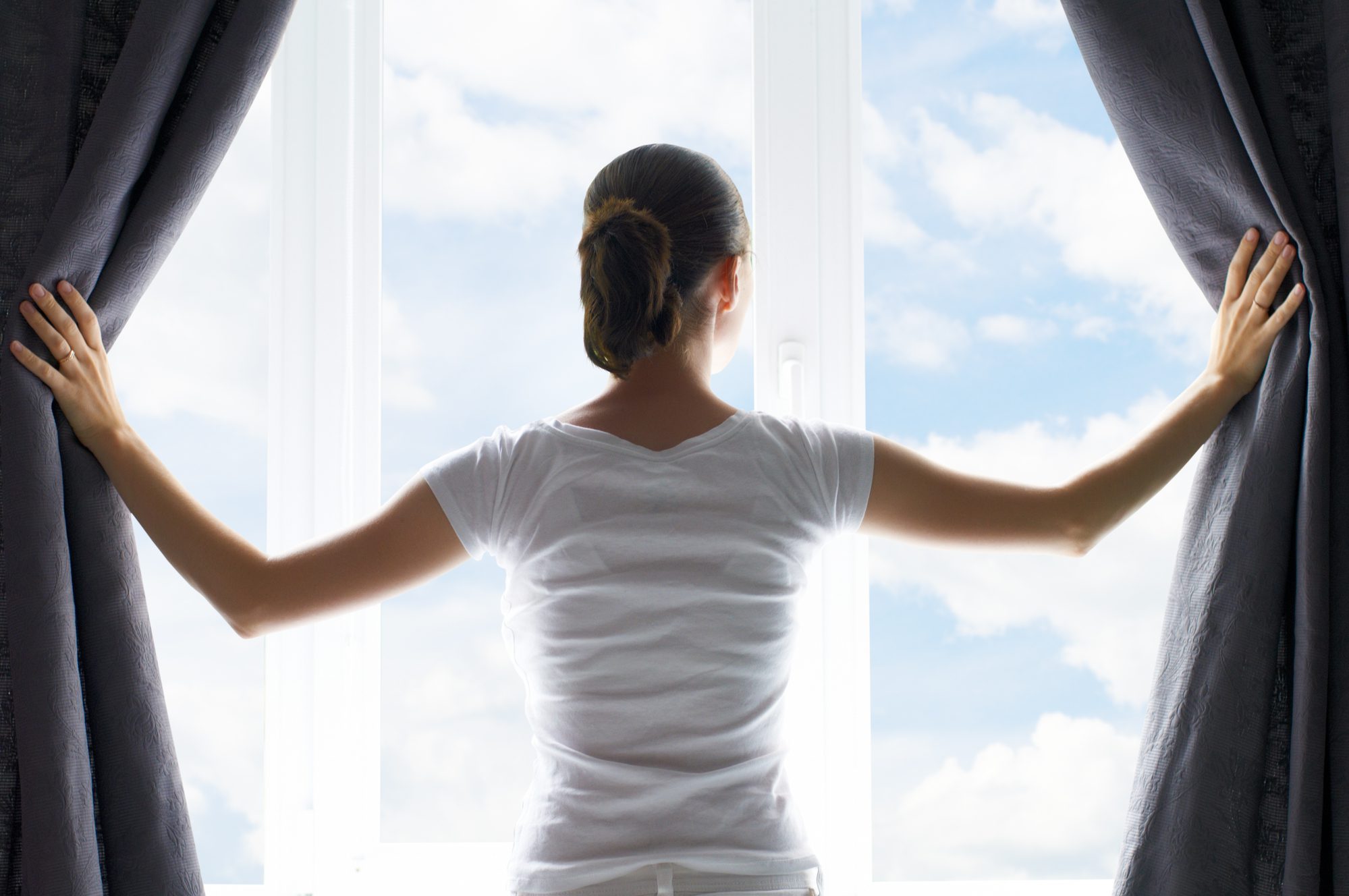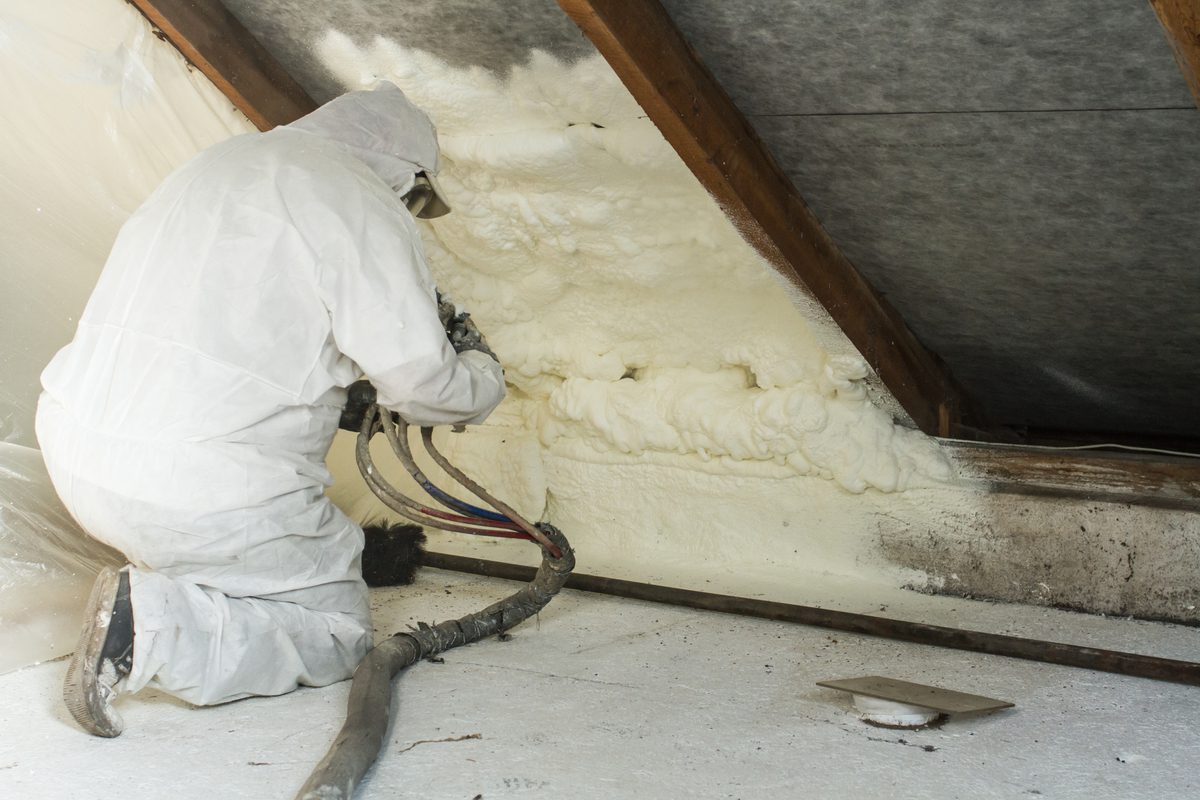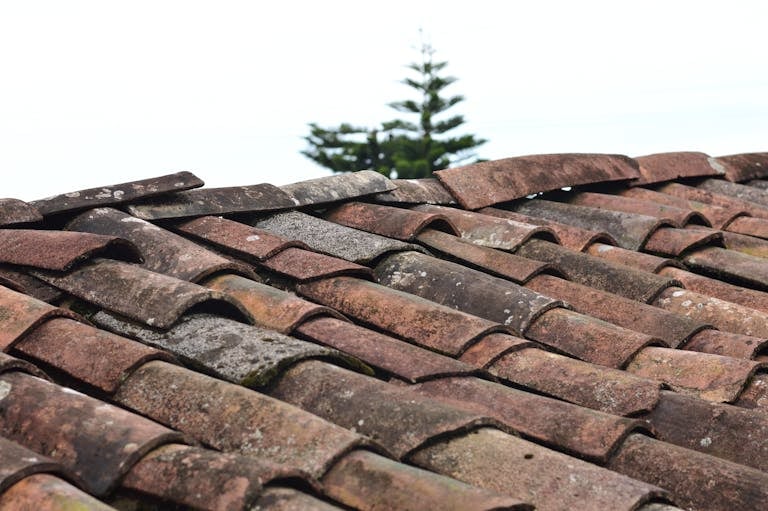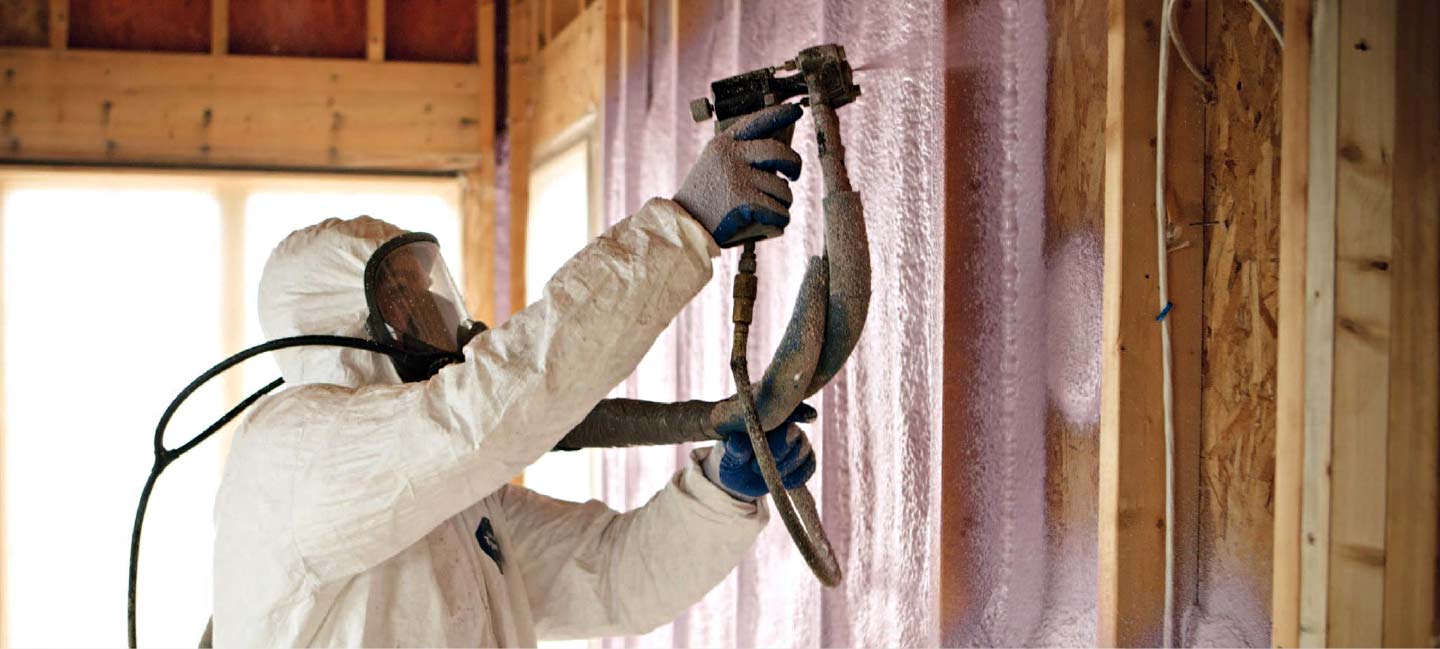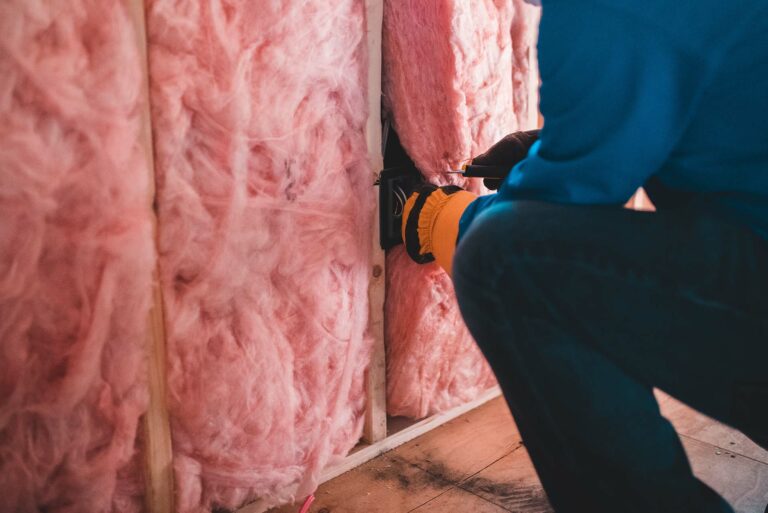Attic Insulation: Practical Ways to Reduce Energy Costs
It is the summer days again, and it only means hot, sweltering days are coming, which forces everyone to use their air conditioning system at home. With the warm days ahead, electricity bills are sure to skyrocket. Fortunately, there are ways on how you can lower your energy consumption while staying cool during the dry season.
You can apply several cost-saving cooling solutions to your homes. It can range from a simple daily routine adjustment to practical home improvements, so you can find what suits your budget and lifestyle.
Follow these tips on how you can save on your utility bills while maintaining a comfortable indoor temperature.
Updating your insulation.
Insulation is an essential factor in energy-saving measures for your home, especially during the summer months. When you have insulation installed at home, it can prevent heat from entering your home and keeping the temperature inside at your preferred level.
In calculating your home’s thermal resistance or R-value of the insulation, it will depend on the orientation and locations of your home. It is necessary to calculate the R-value, especially if the area is experiencing harsh winters and summers. If you are not familiar with your home’s R-value, hiring a professional is the best thing to do.
Attic insulation is the most crucial concern when you are going to update your home insulation. During the summer, a phenomenon called the reverse stack effect usually happens. When the temperature inside the house is cooler than the outside and the hot air leaks through cracks, it makes the upper floors uncomfortably hot. During the hot days, air conditioning units cool the hot air, causing it to become heavy and sink to the lower floors. This restarts the air cycle of the house, and it adds to the cooling cost.
To prevent the reverse stack effect, attic insulation is the answer. It can come in different types, such as the blanket, loose-fill, and spray foam. The spray is the best option among the three because it can seal gaps in the attic to let warm external air inside. On the other hand, the loose-fill insulation can be used if the attic has plenty of obstructions, since the material can be easily packed into tight places and insulate every nook and crannies.
Over-insulation should be avoided so that the insulating material will not cover spaces that are meant for ventilation. Over-insulation can result in poor indoor air quality, an uncomfortably hot attic temperature, and mold growth.
Making sure that your home is airtight.
Maximize your insulation by air-sealing your home. During the summer season, humid air enters the house through cracks and gaps found in the walls, attic, basement, and ductwork. The humid air makes the home hotter and causes the indoor air to feel uncomfortably heavy.
Blocking the air leaks can help you achieve maximum energy efficiency. To detect air leaks, you need to get a certified energy auditor. There are home insulation companies that also provide evaluation services. The report provides the measurement of air leakage and other problem areas. Getting a home energy auditor before the hot days will give you time to address the issues of your home and make it more energy-efficient.
Utilizing fans and ventilation.
Ventilation and insulation go hand-in-hand to prevent heat and moisture buildup in homes and maintain air quality. A ventilation system is composed of a network of air ducts that deliver cold and hot air to the different areas of the house. Insulating the ducts can prevent heat loss and keep the system running efficiently.
Another way is to leverage natural ventilation to reduce reliance on air conditioning units. Heat can naturally accumulate in houses during the day, and this hot air can be flush out through the cross-ventilation of windows and doors.
Opening the doors and windows will let the cold air in. The cooler your home will become if the air will have a longer path from the entry point to the exit. The door and window should be on opposite sides to achieve a longer route. A smaller window can be used as the inlet, and bigger doors are the outlet to increase the airflow speed.
Cross-ventilation works in climates with cool summers, cool nights, and regular breezes. Experiment with different patterns of window venting to find the best way to move fresh outside air into your home, as long as you take note of the wind direction.
Using fans can also support air conditioning. Ceiling fans can raise the thermostat setting for a few degrees, but still maintain the same comfort level. Window fans can increase cooling efficiency by closing the window near the fan and opening the one opposite to promote air circulation.
Using window coverings.
Windows can absorb more heat during the summers compared to other surfaces because they are made of glass. Covering them with curtains, shades, or blinds can cut energy costs and reduce solar heat gain. Light-colored treatments are more reflective and bounce the sun’s rays away from the house, blocking heat from the outside.
Adjusting the day-to-day activities.
A simple adjustment in the daily routine can help keep cool during summer. The small habit of turning off lights and appliances can give a significant amount of savings. Doing household chores manually can lessen the energy usage of devices. Using exhaust fans can help prevent humidity and heat buildup. Avoidance of any energy usage can keep the air conditioning unit from working overtime and helping you save money on electricity bills.
Knowing what to do to decrease energy consumption is key to reducing utility bills and keeping your home cooler during the summer months. Maximizing your home’s energy efficiency is achievable if you follow some valuable tips and determine which part of your house consumes the most energy.

